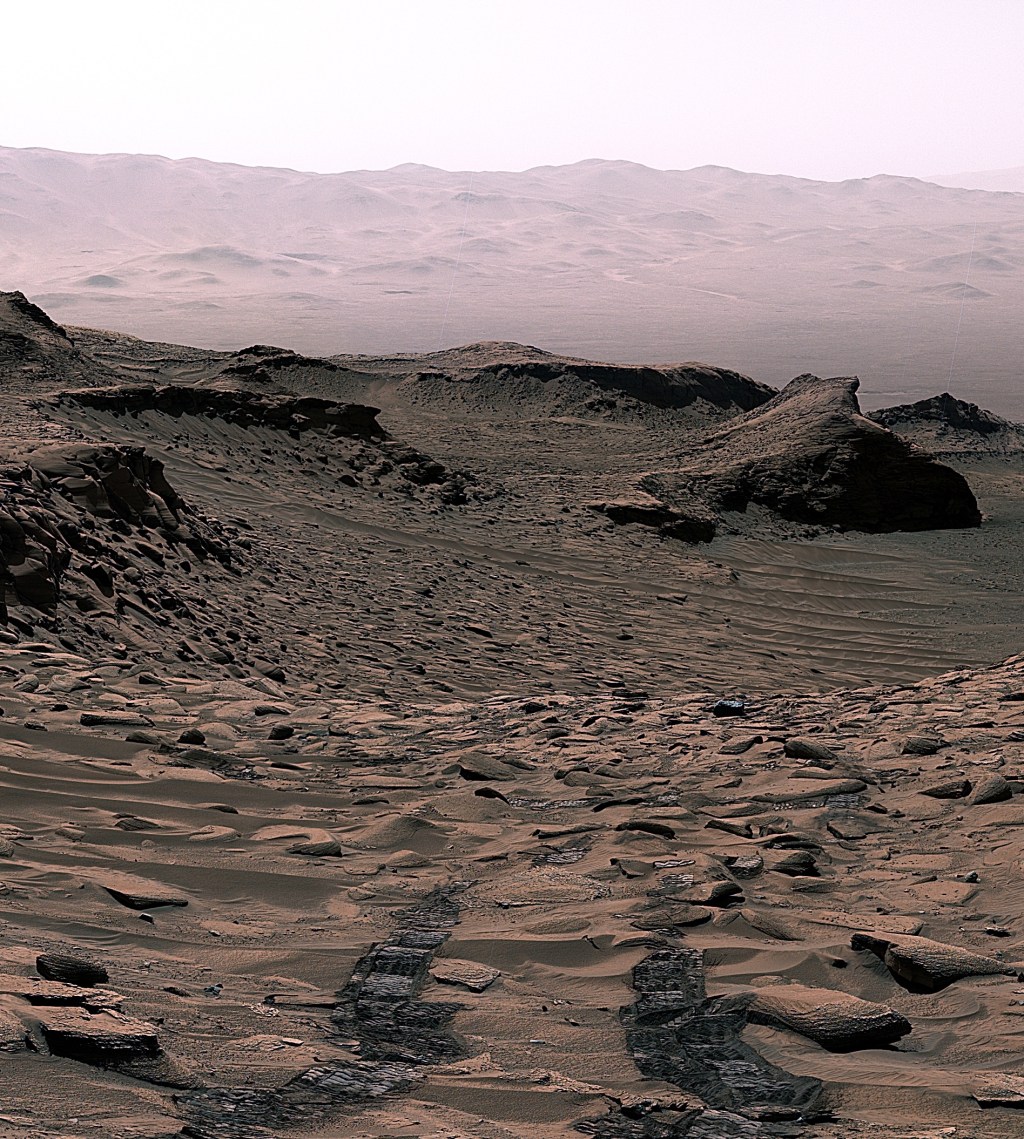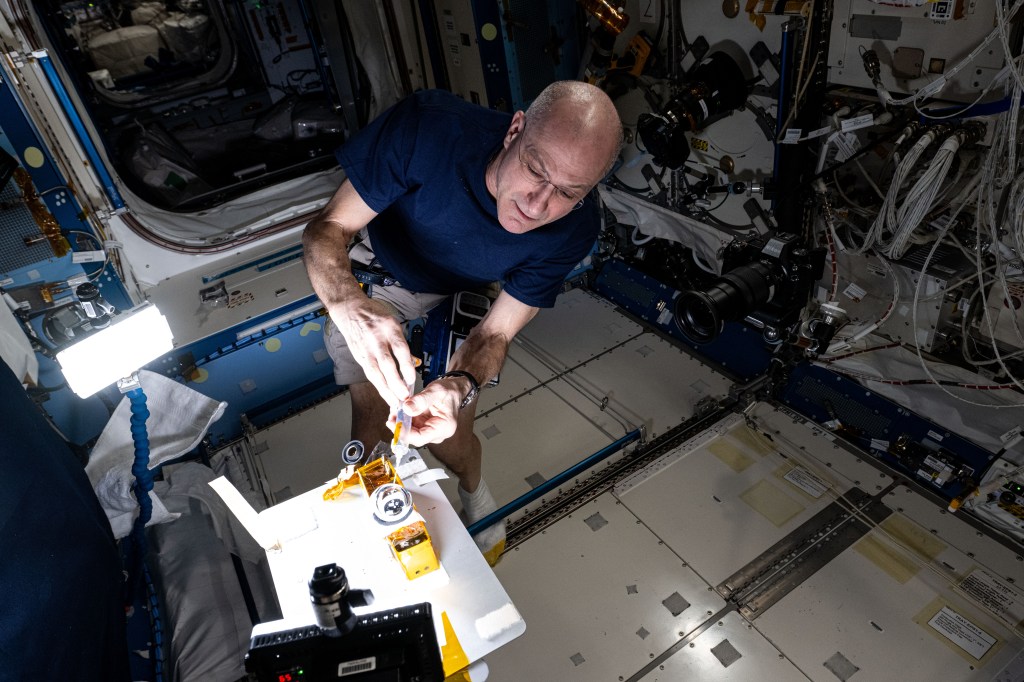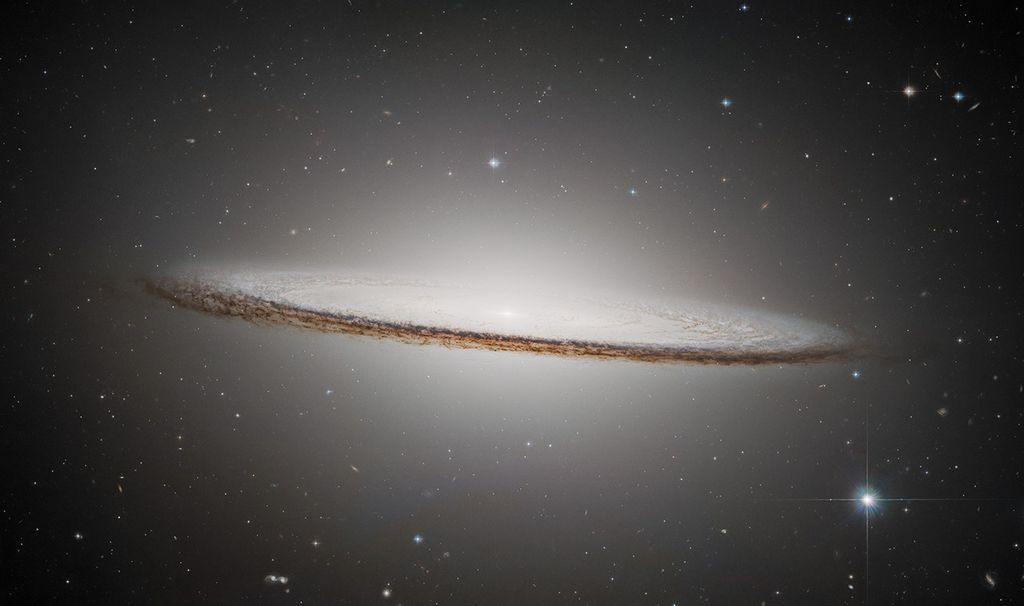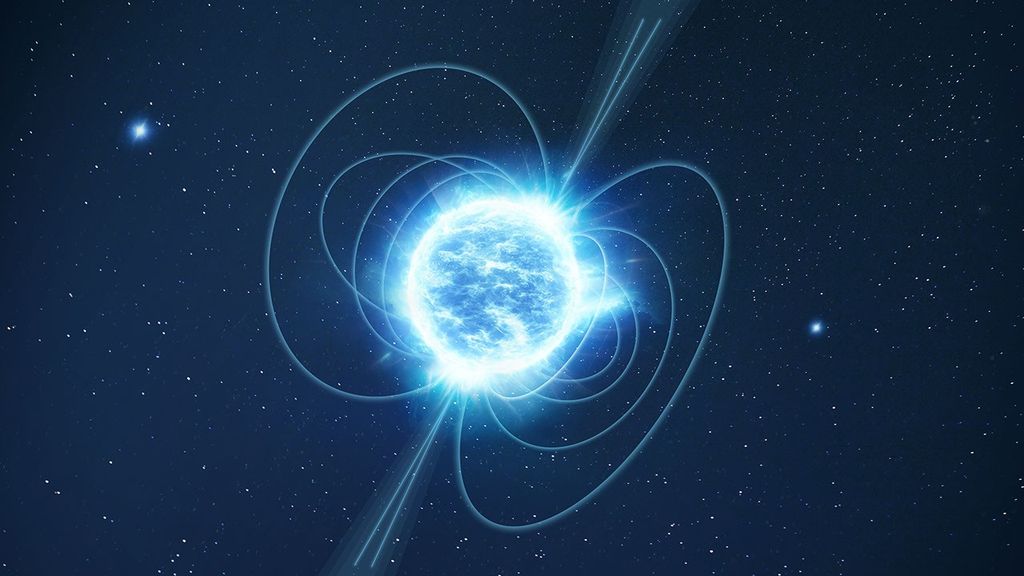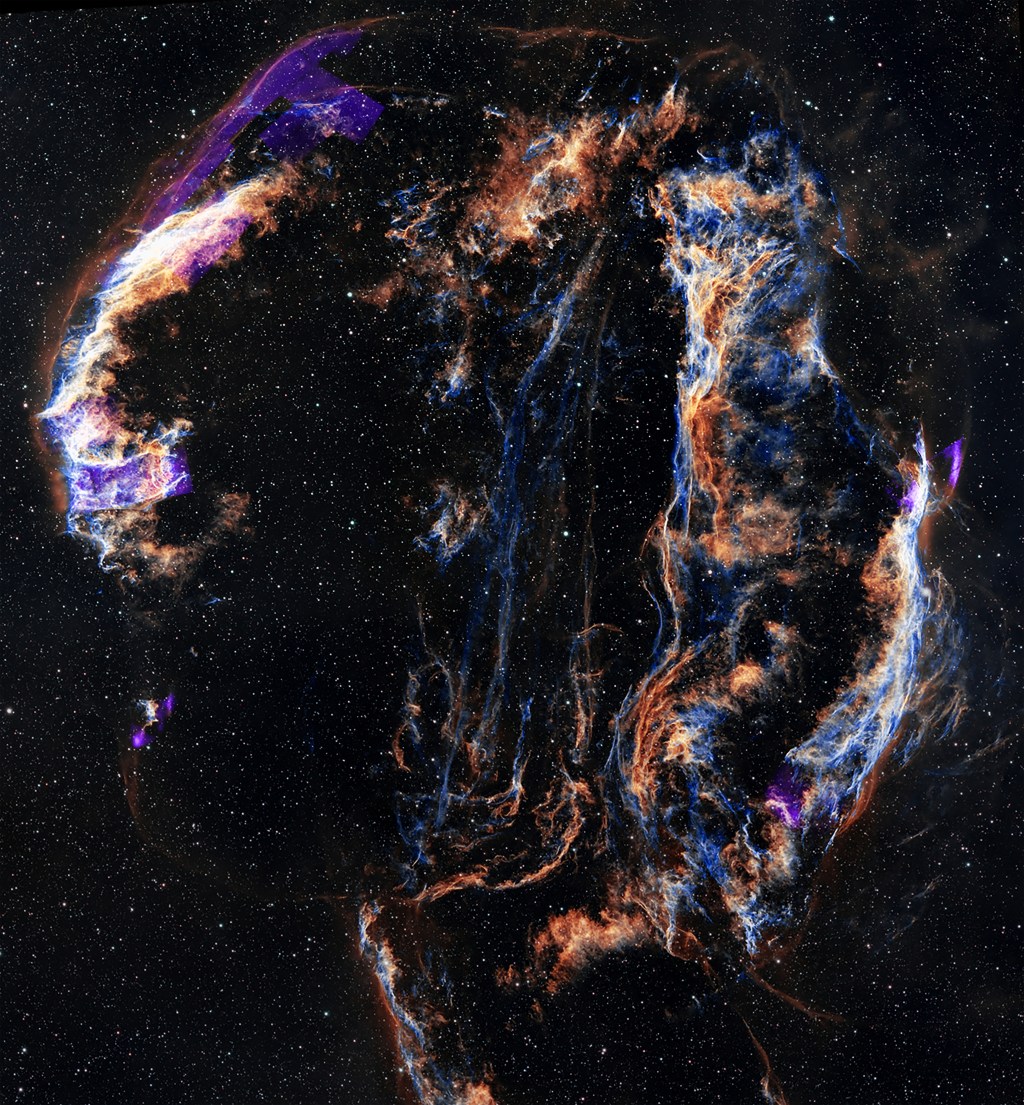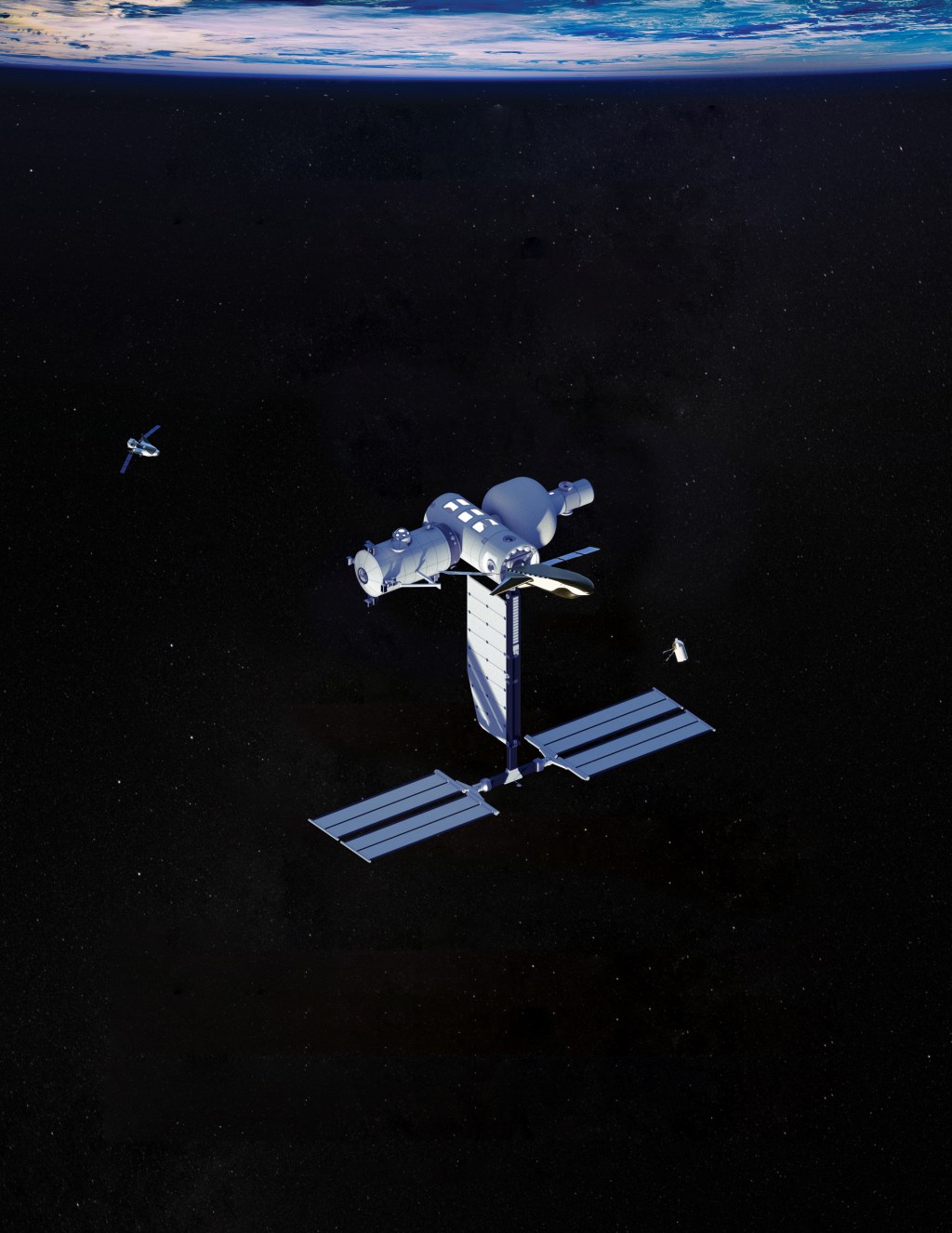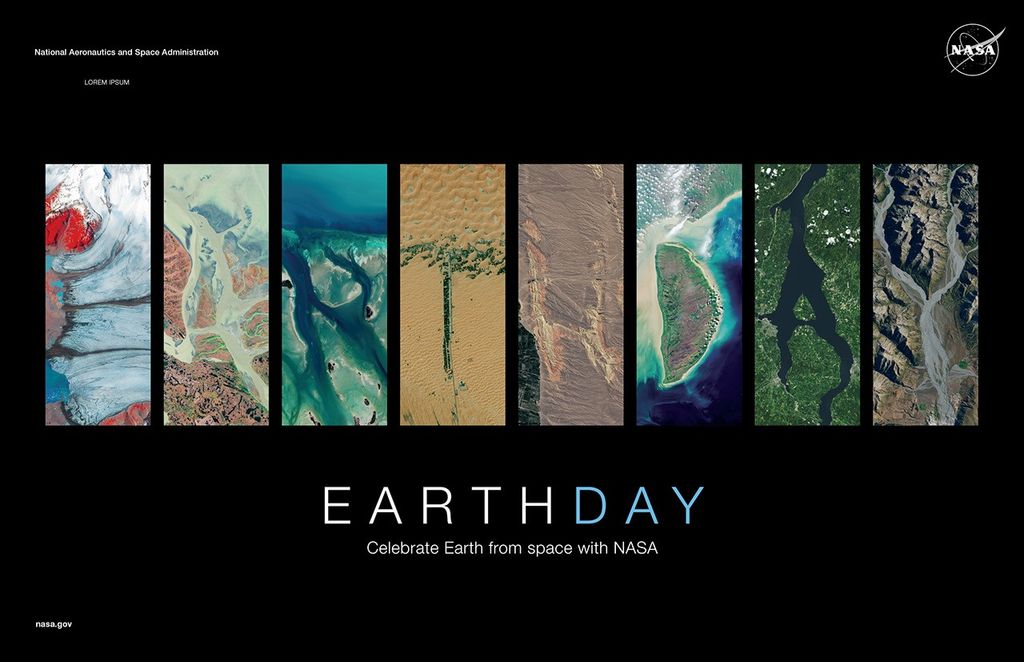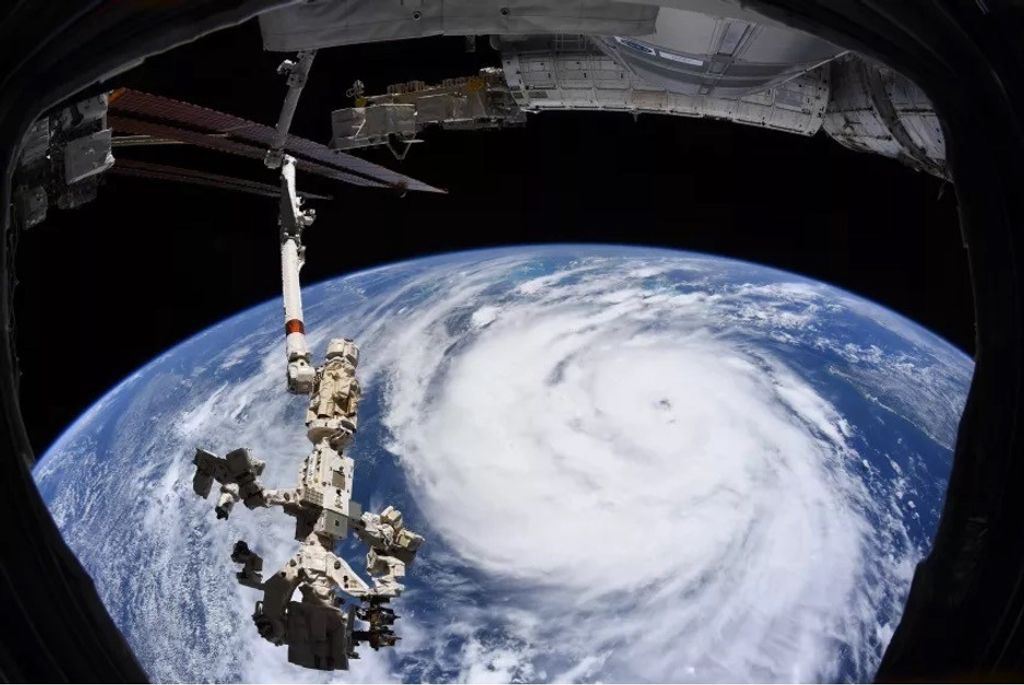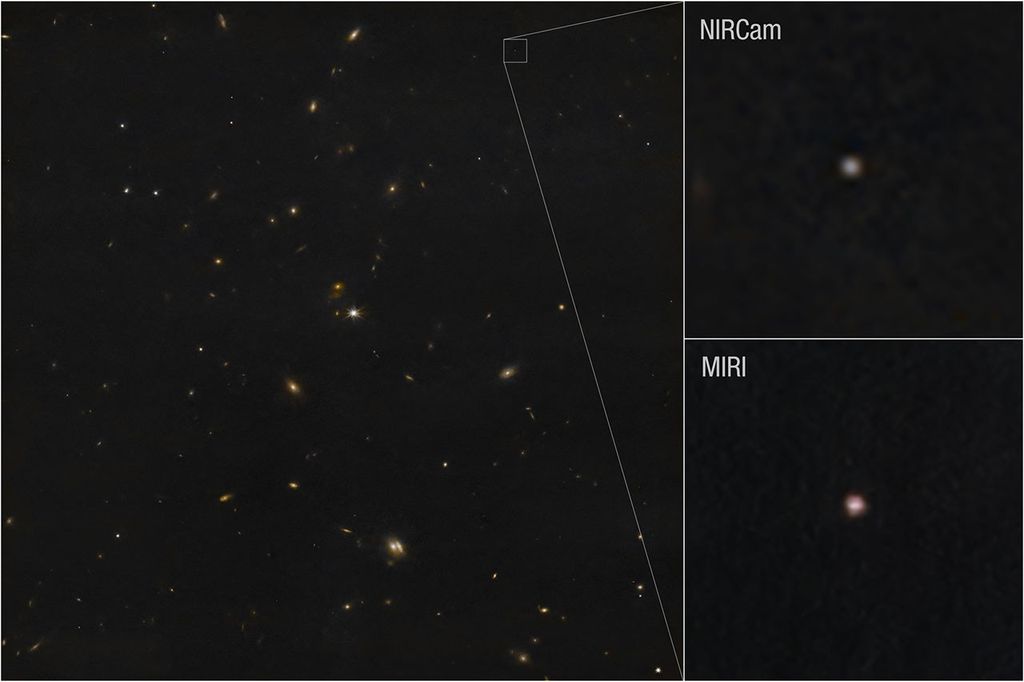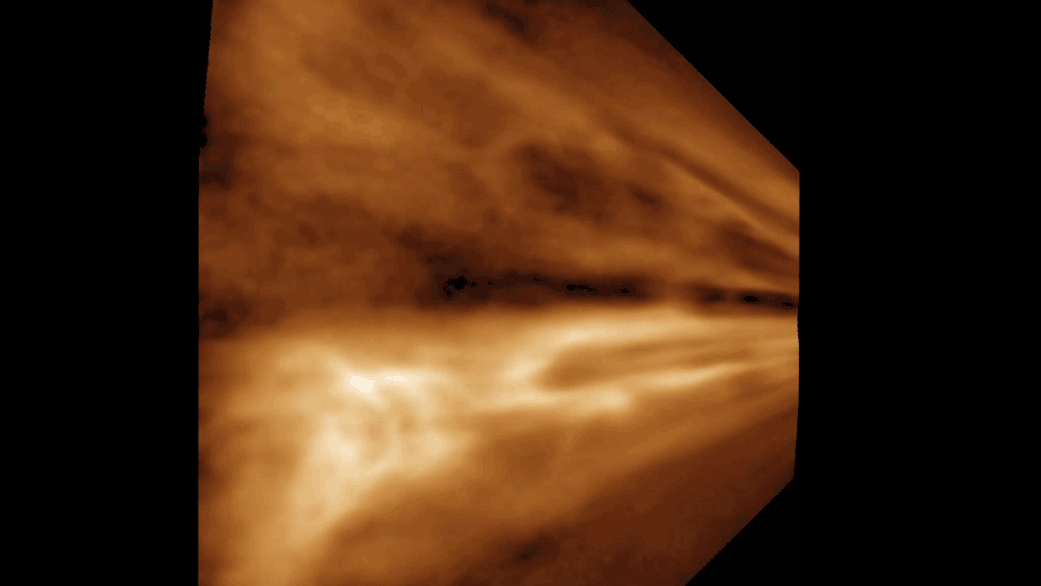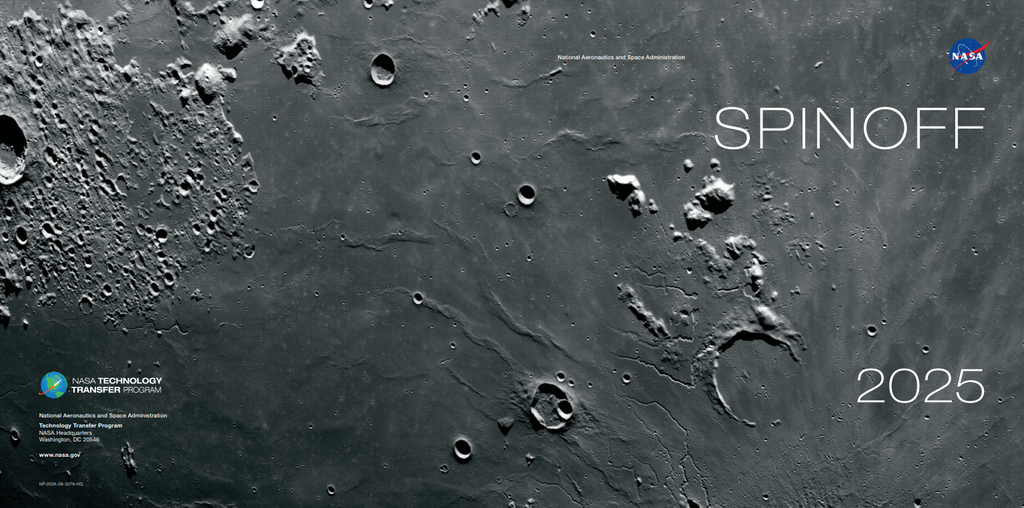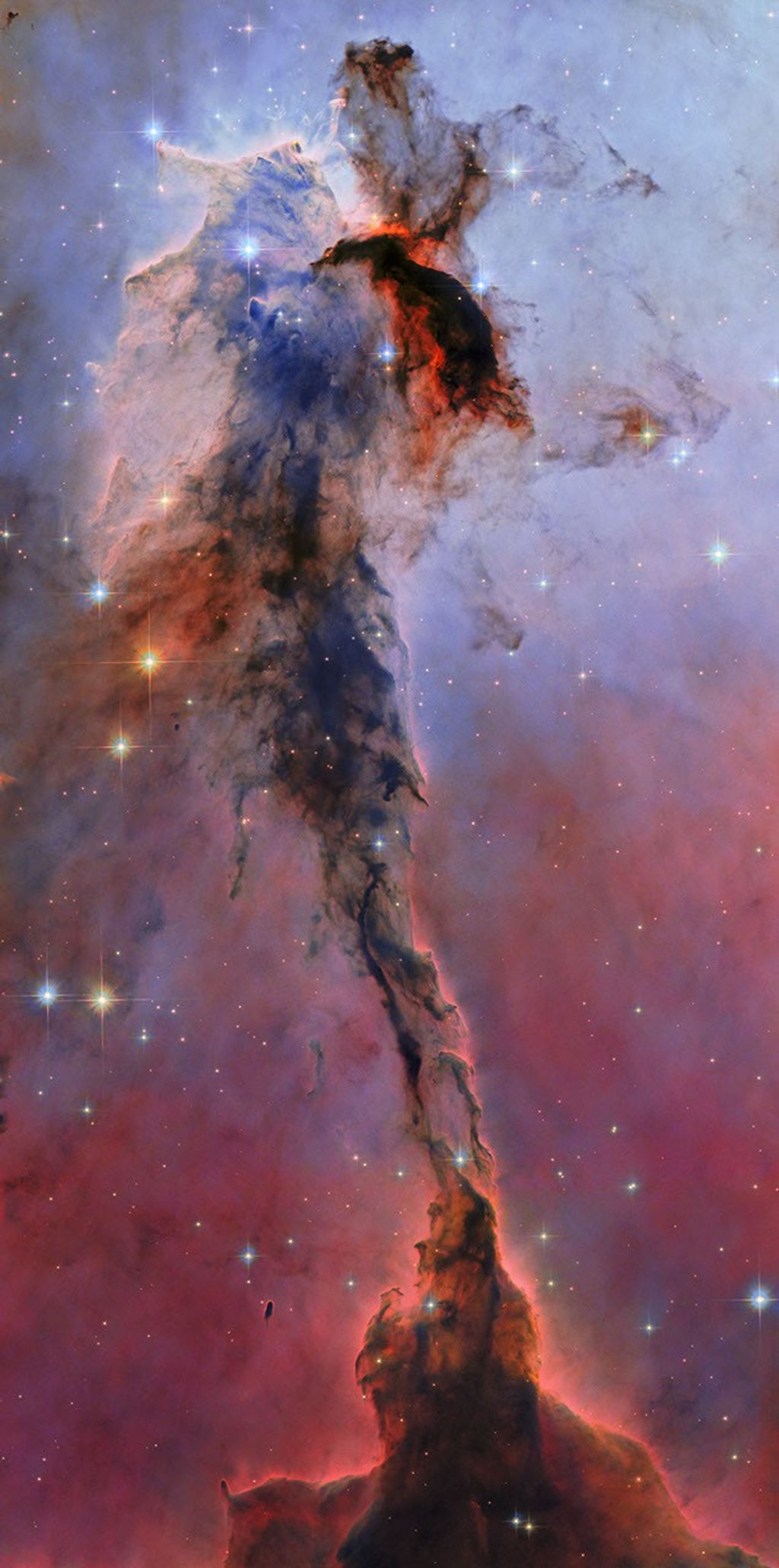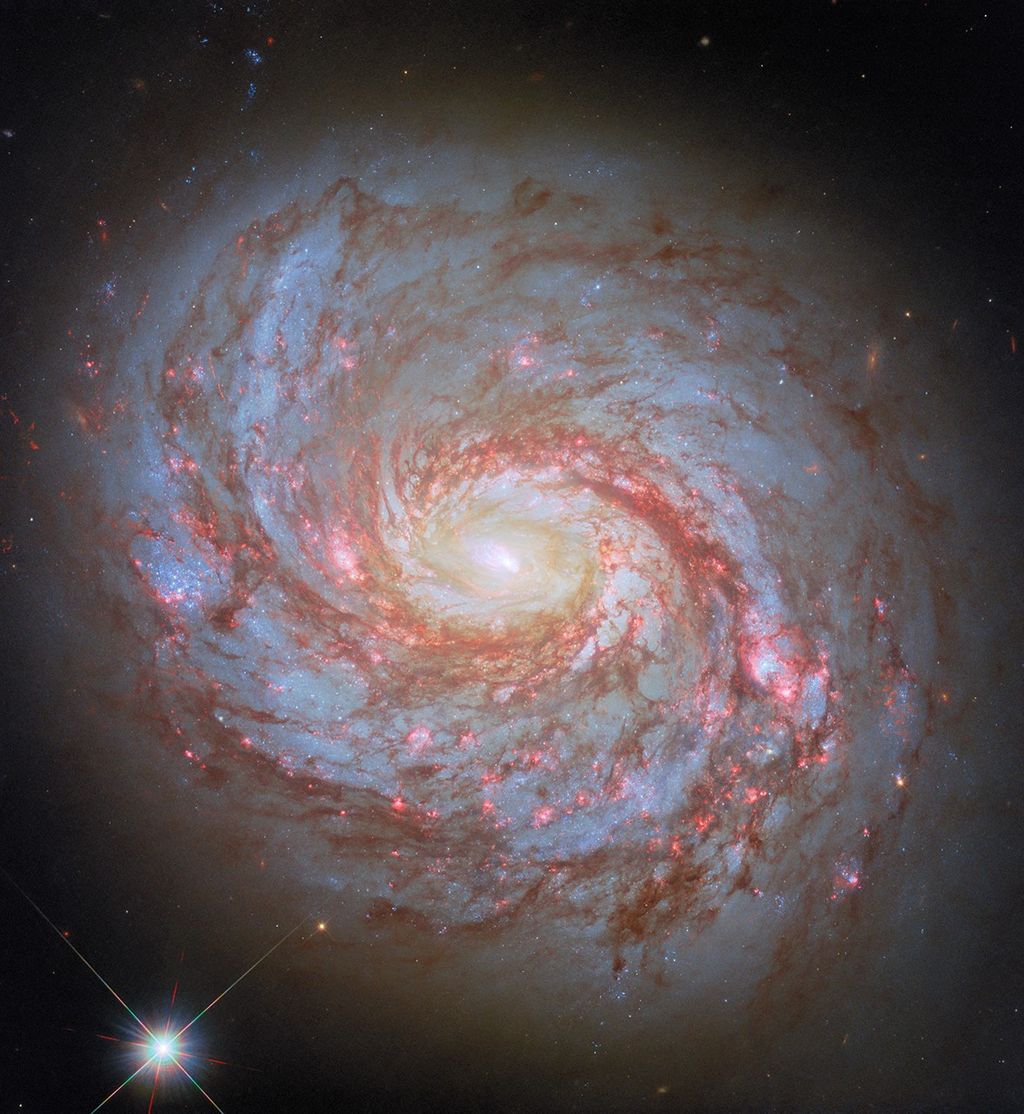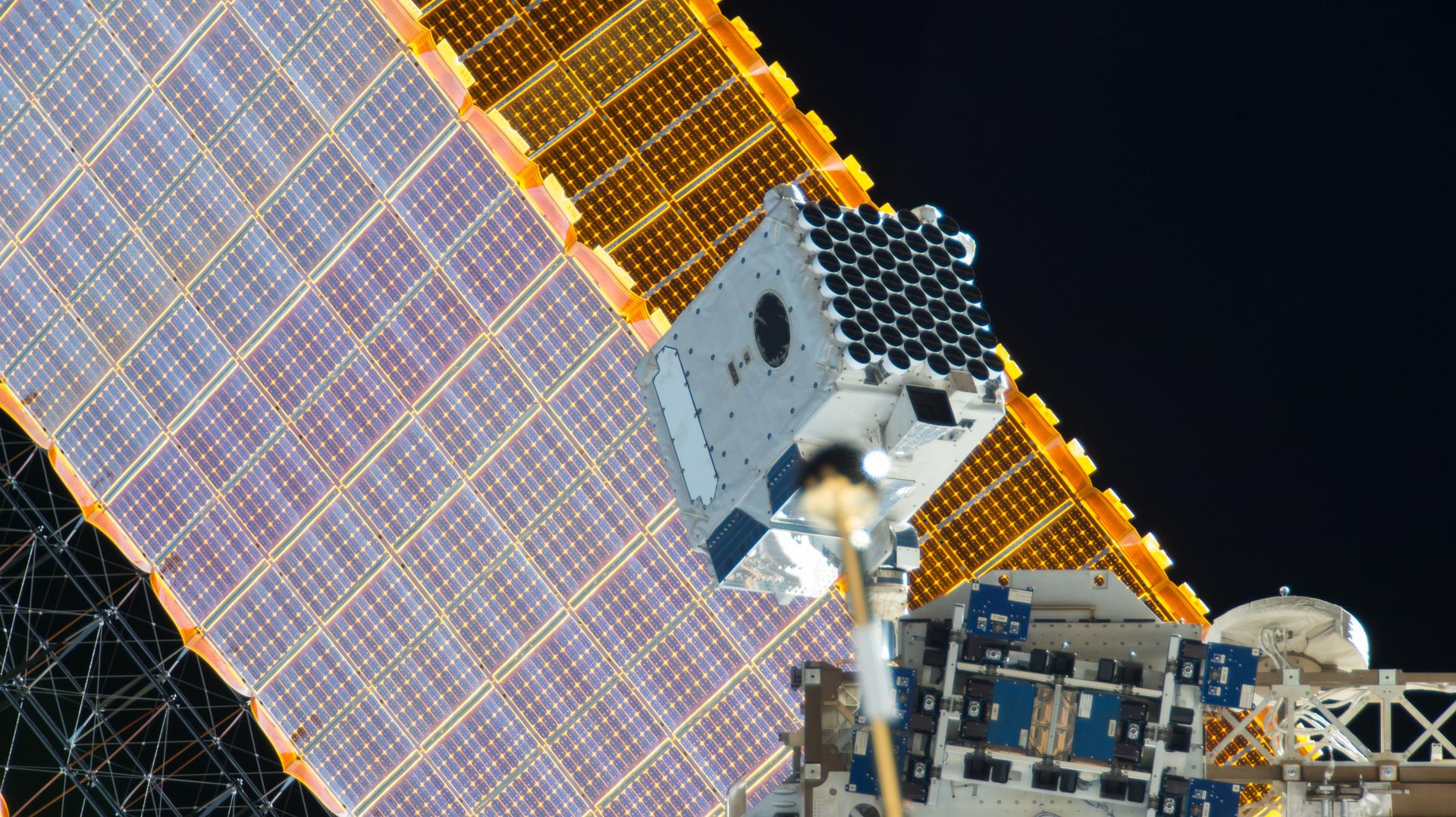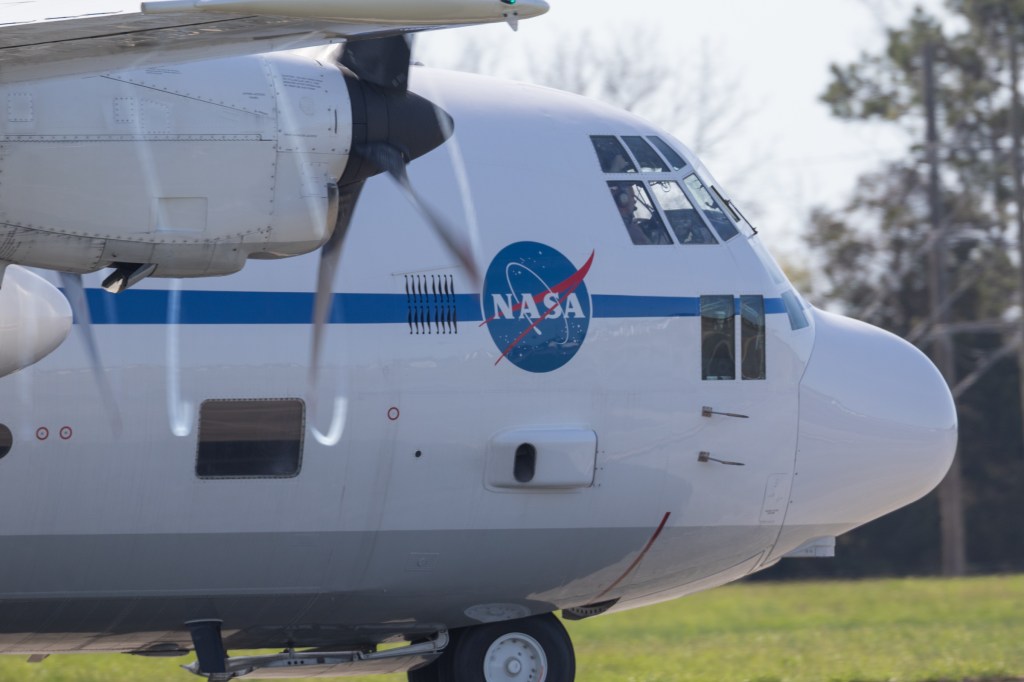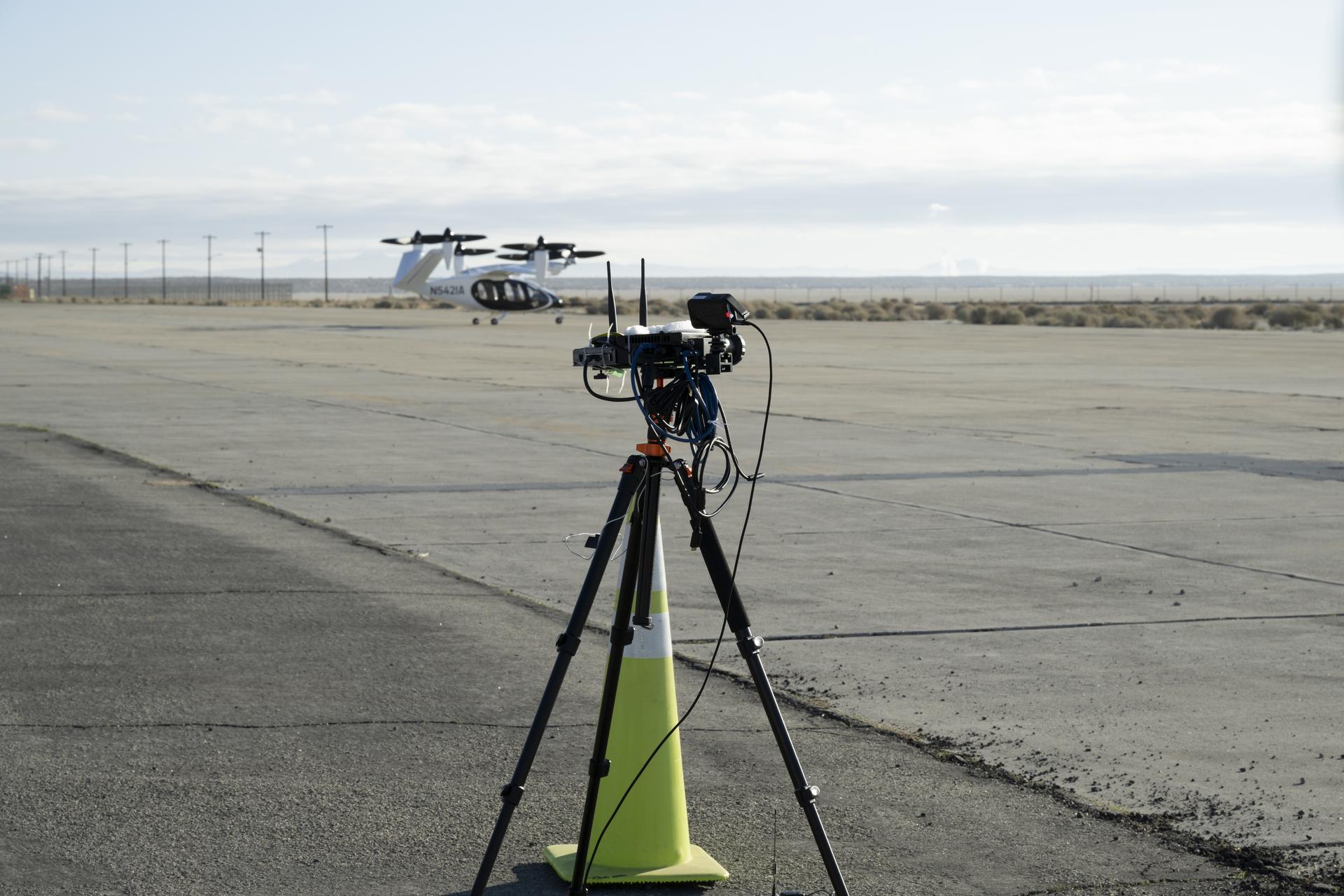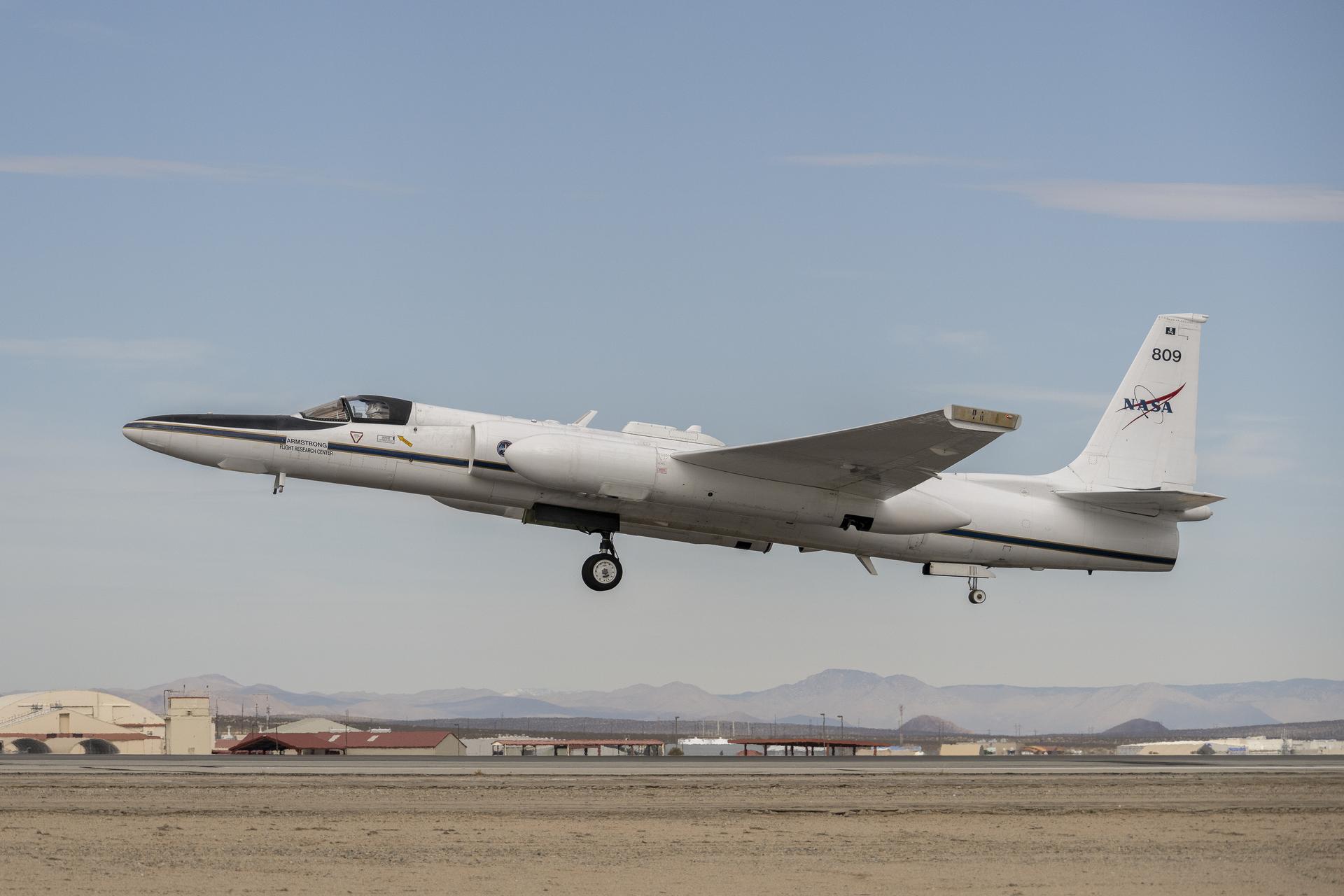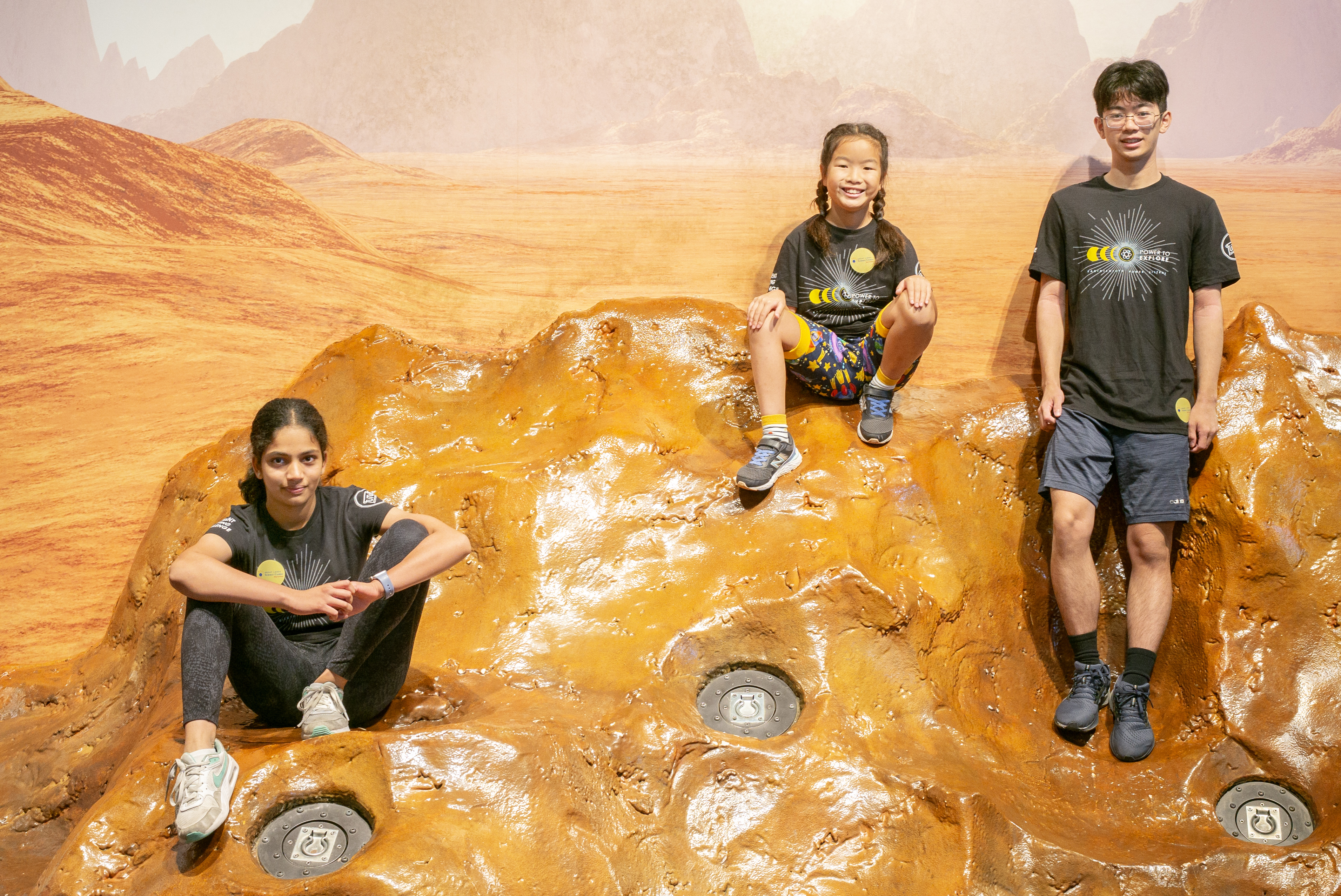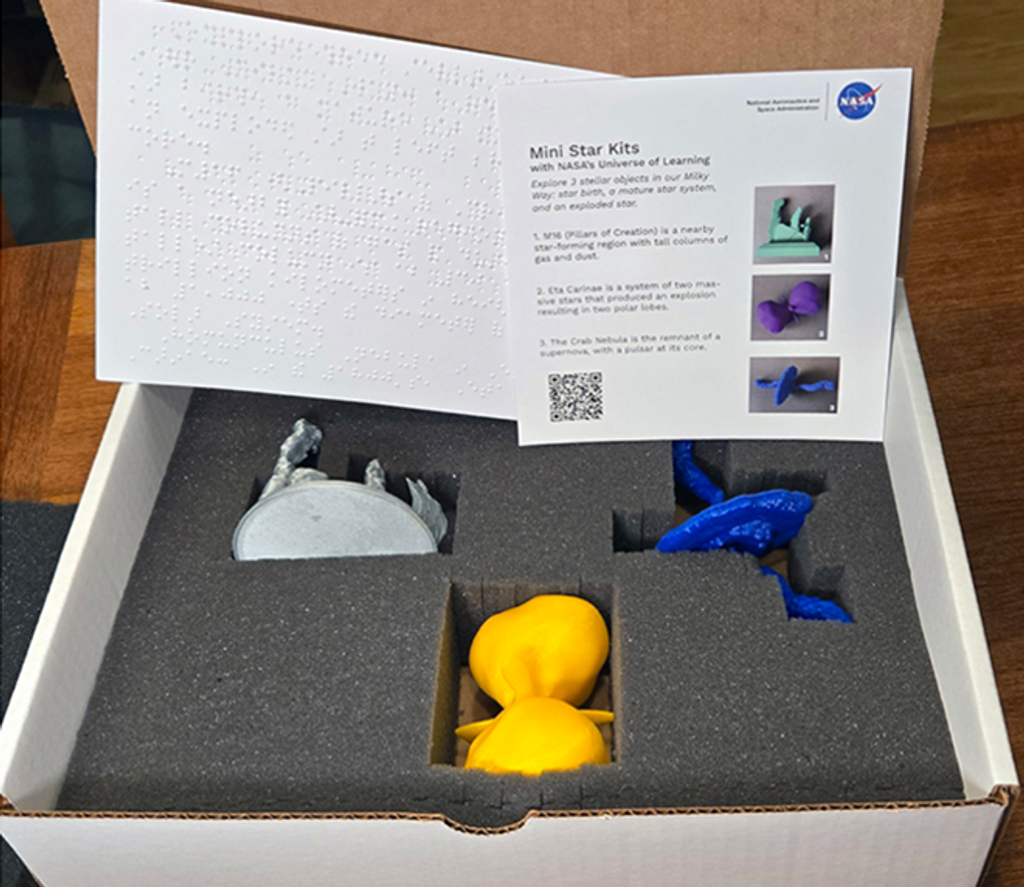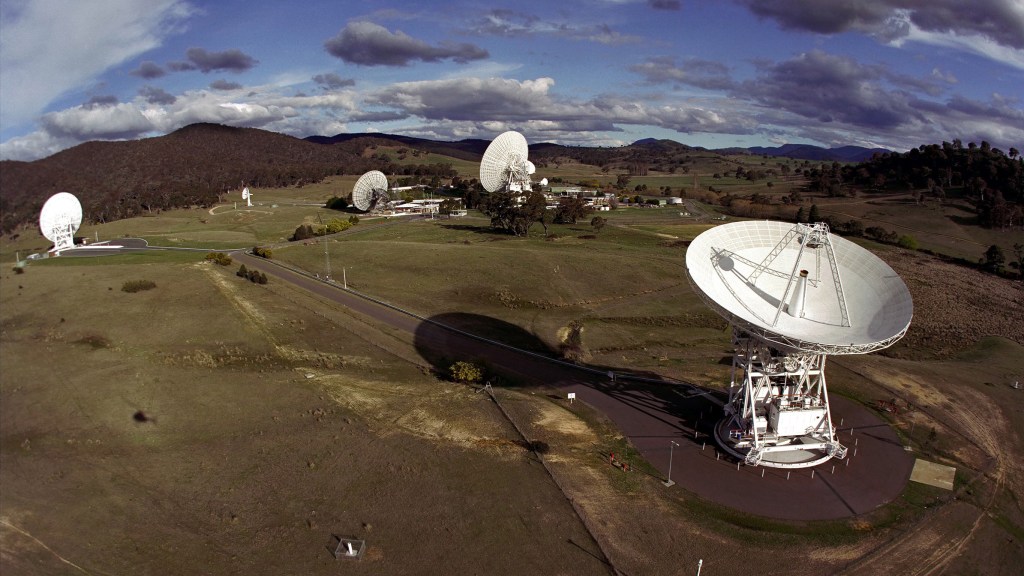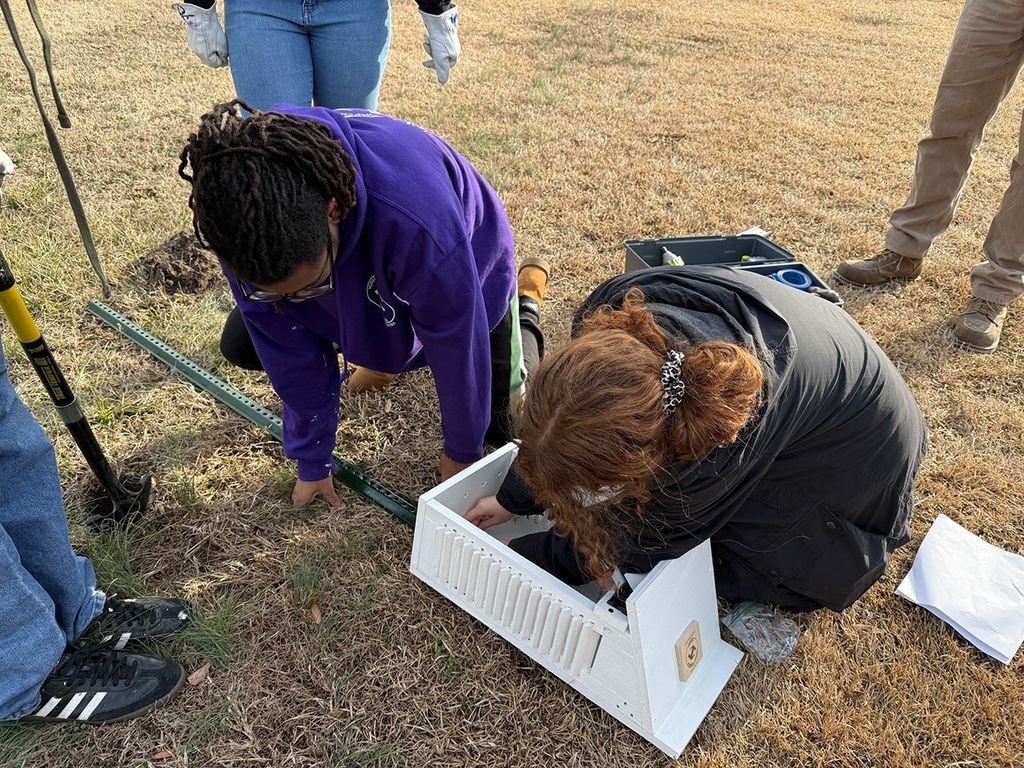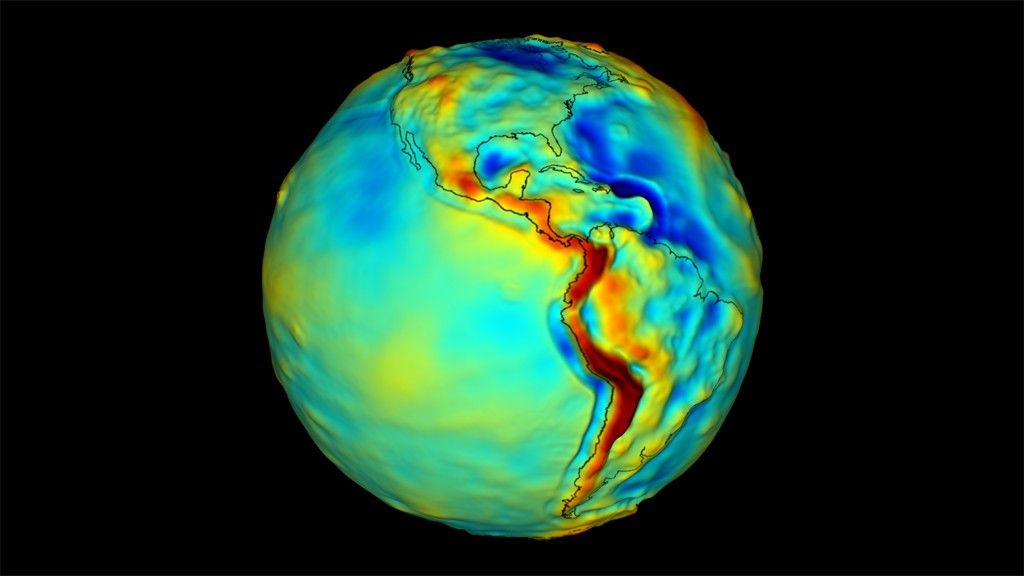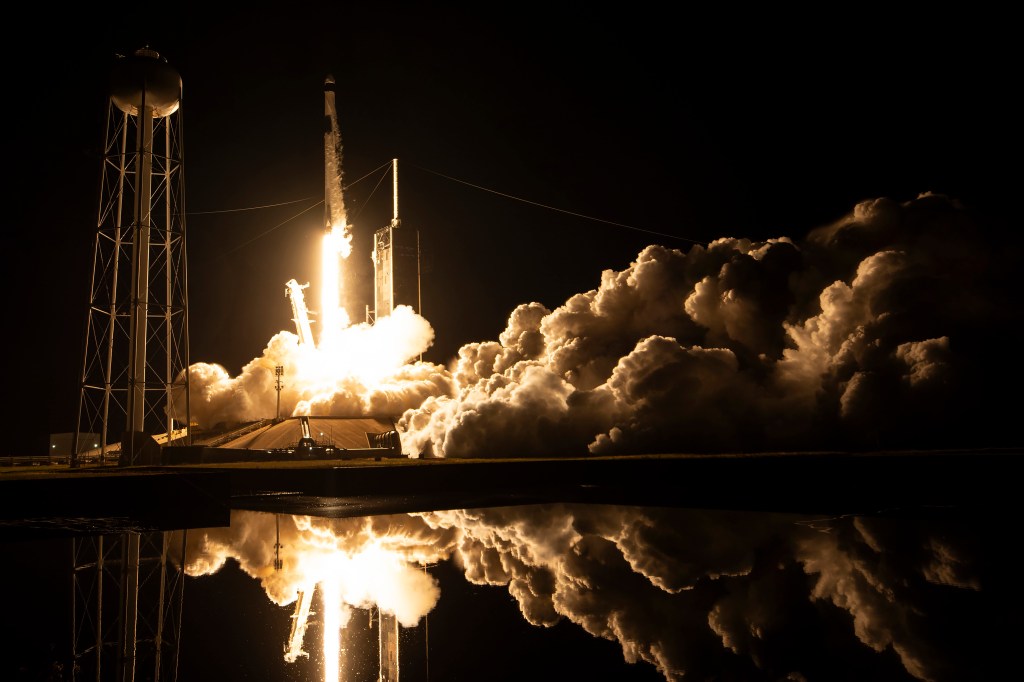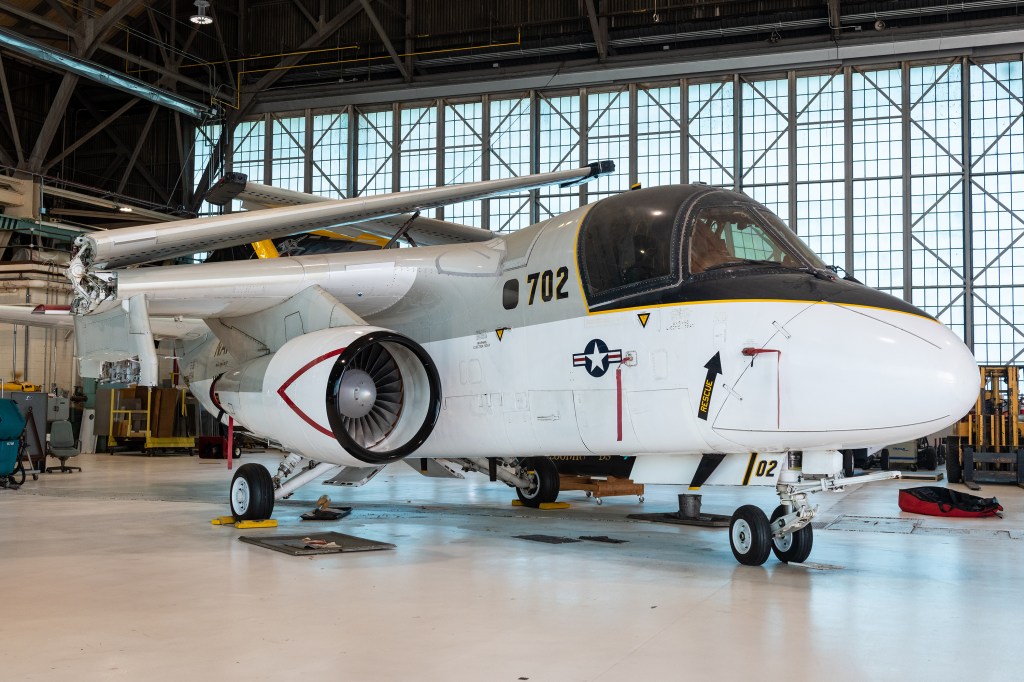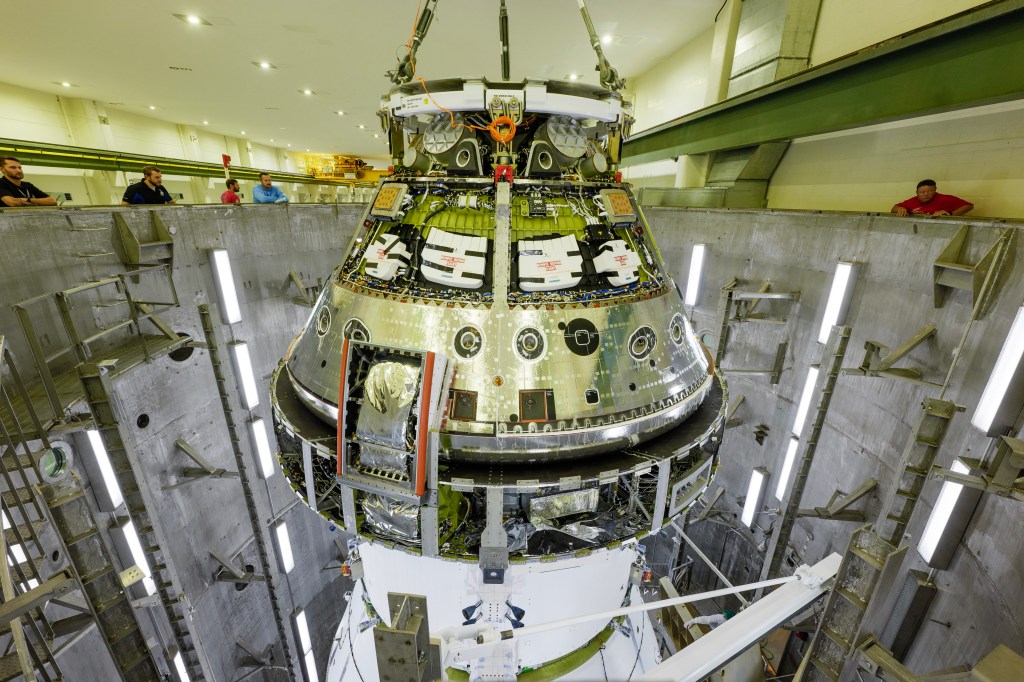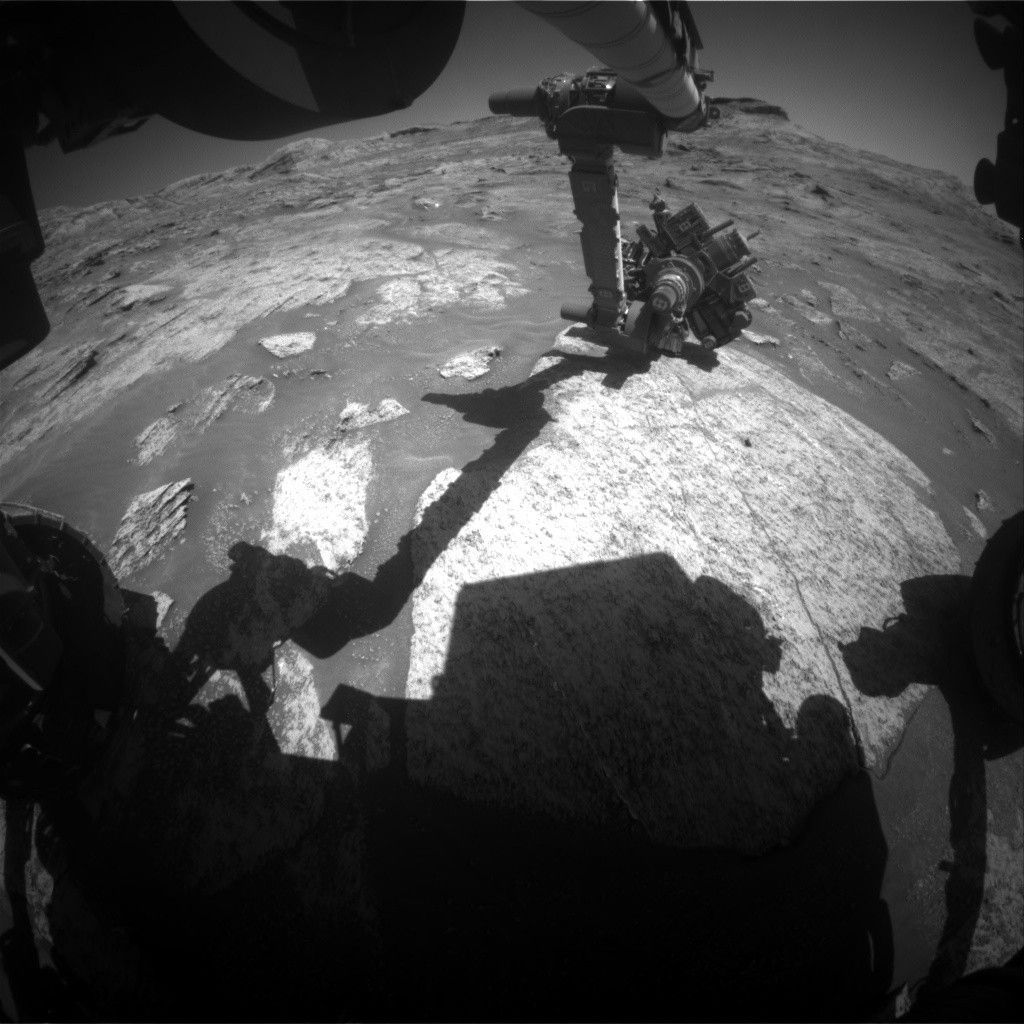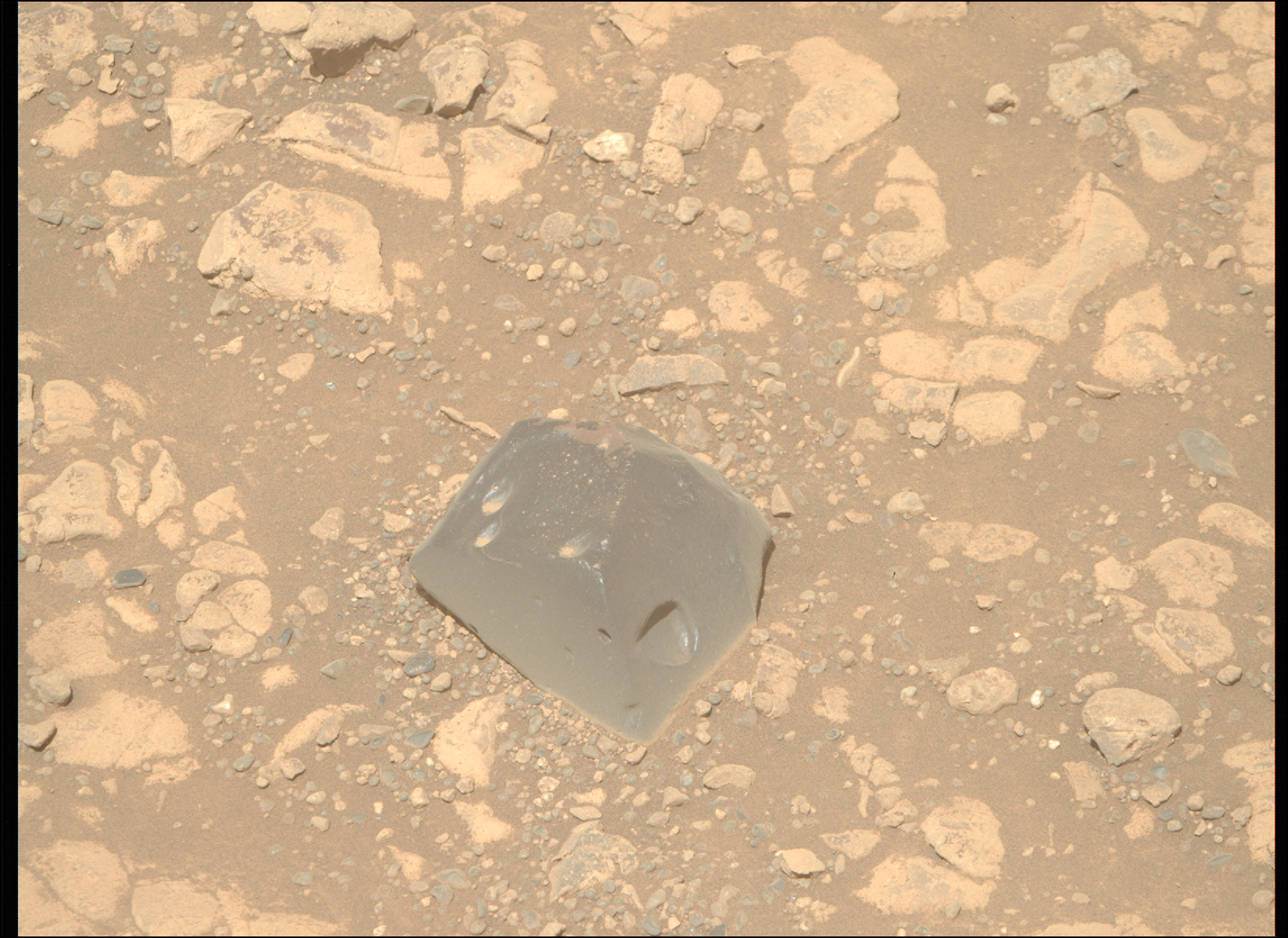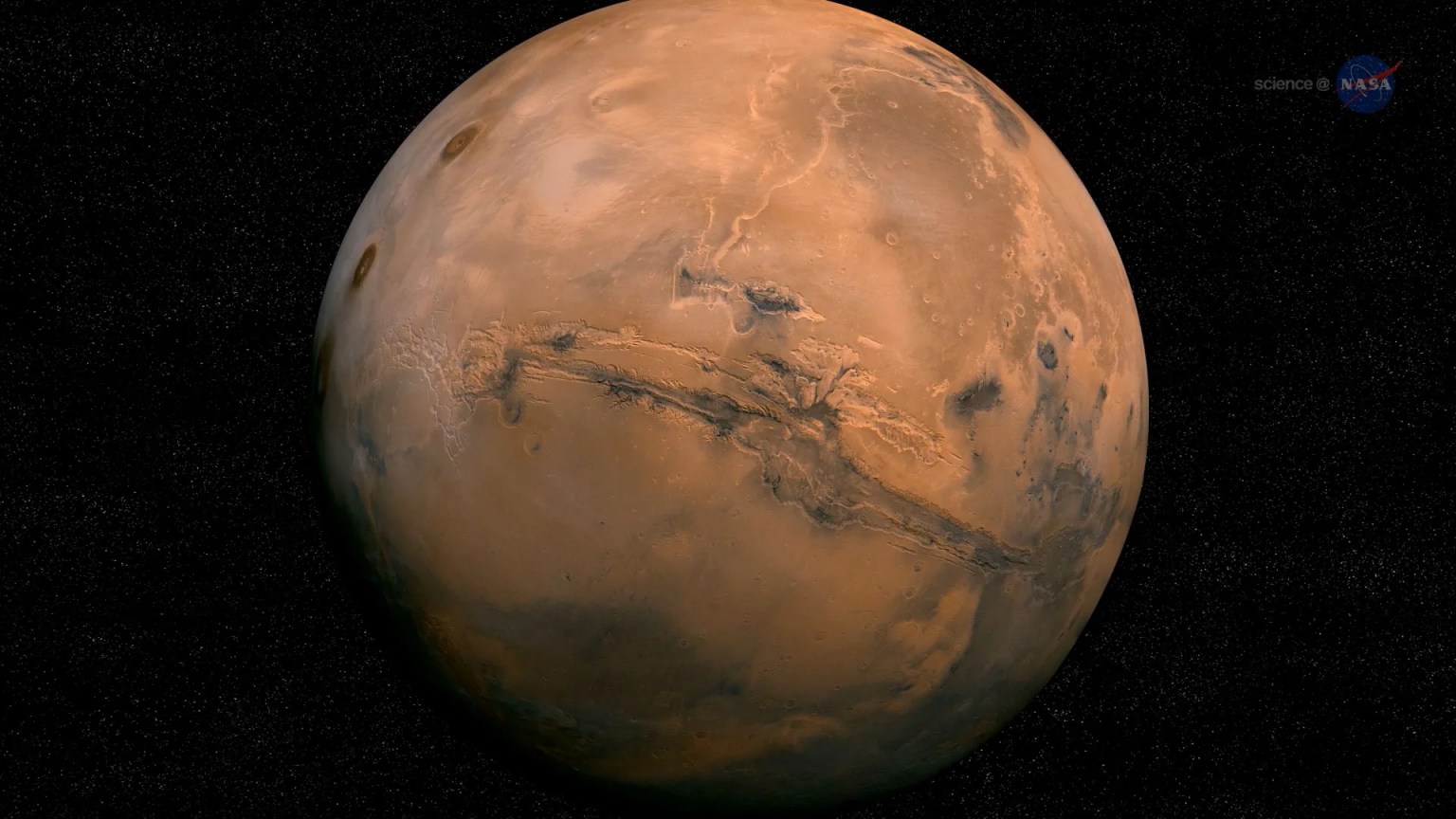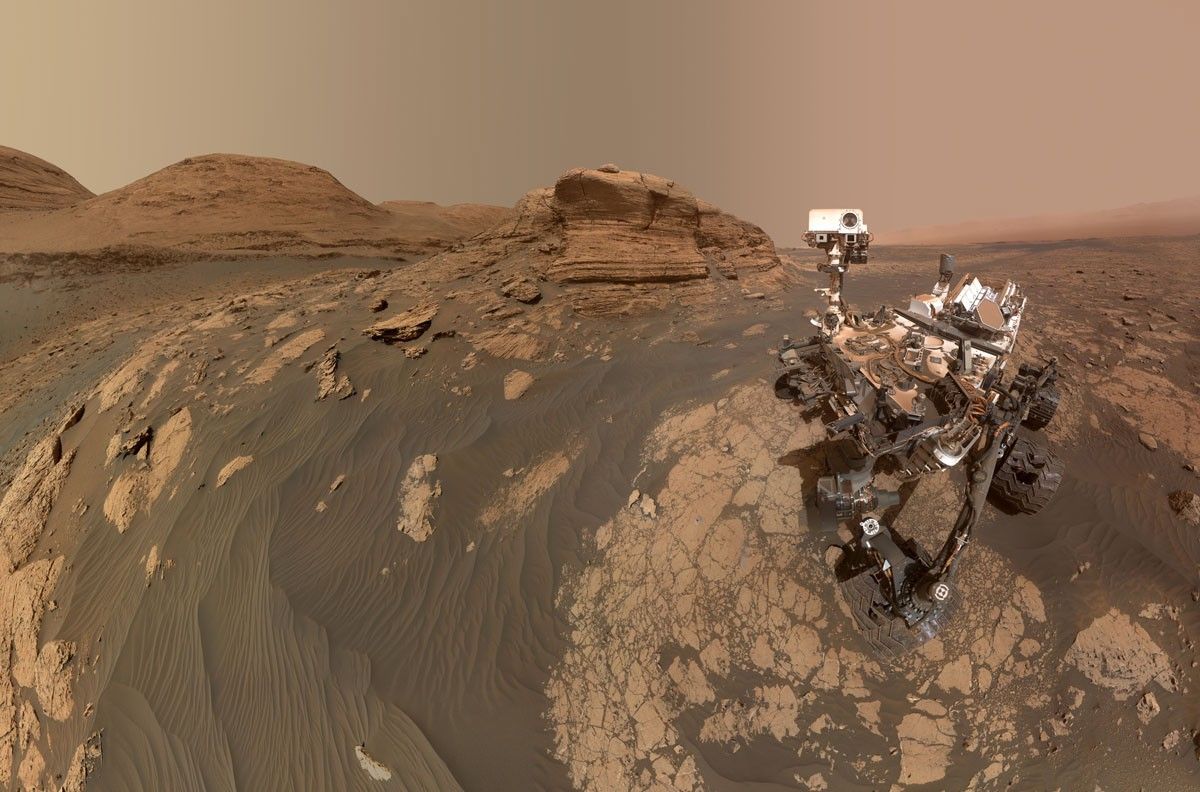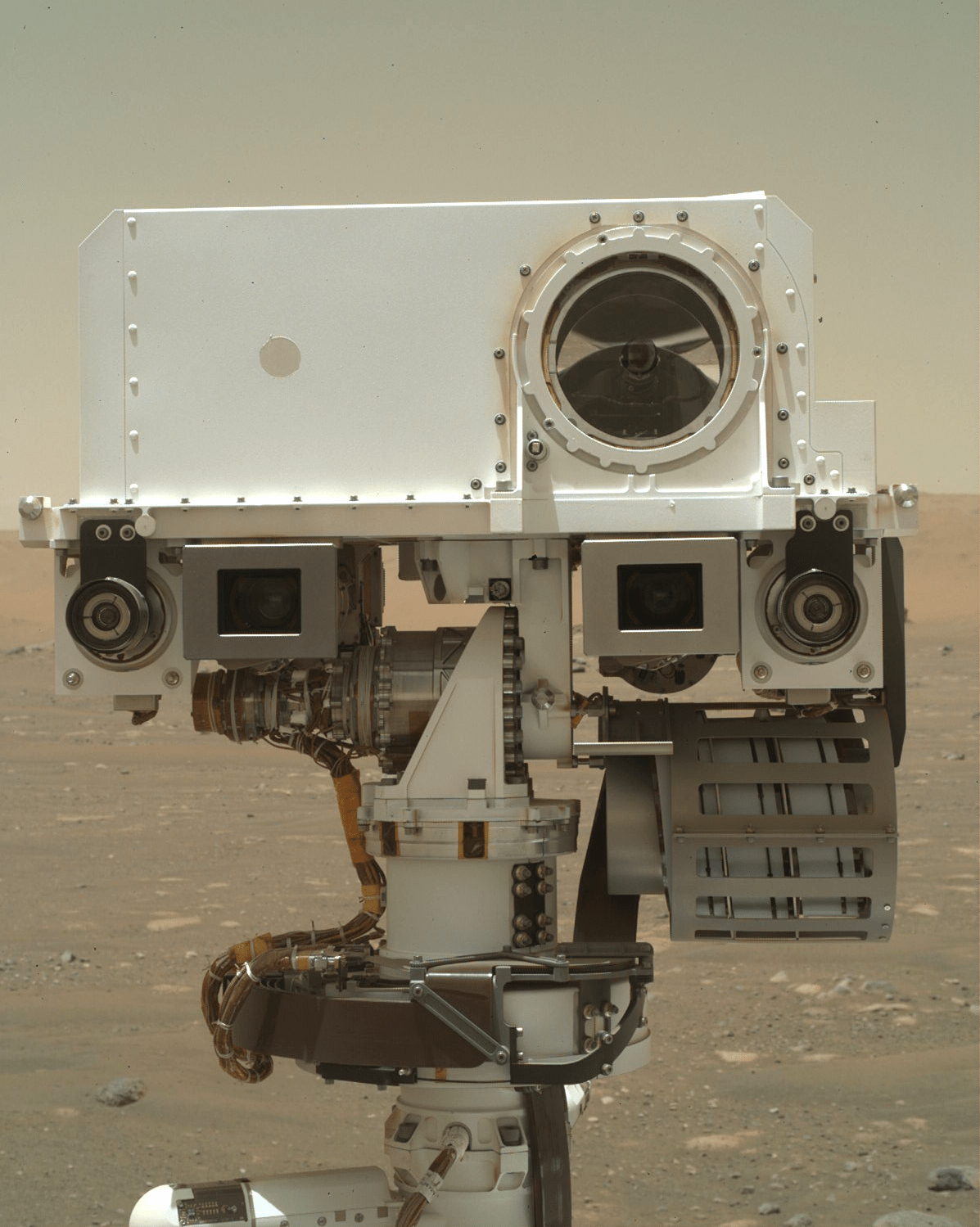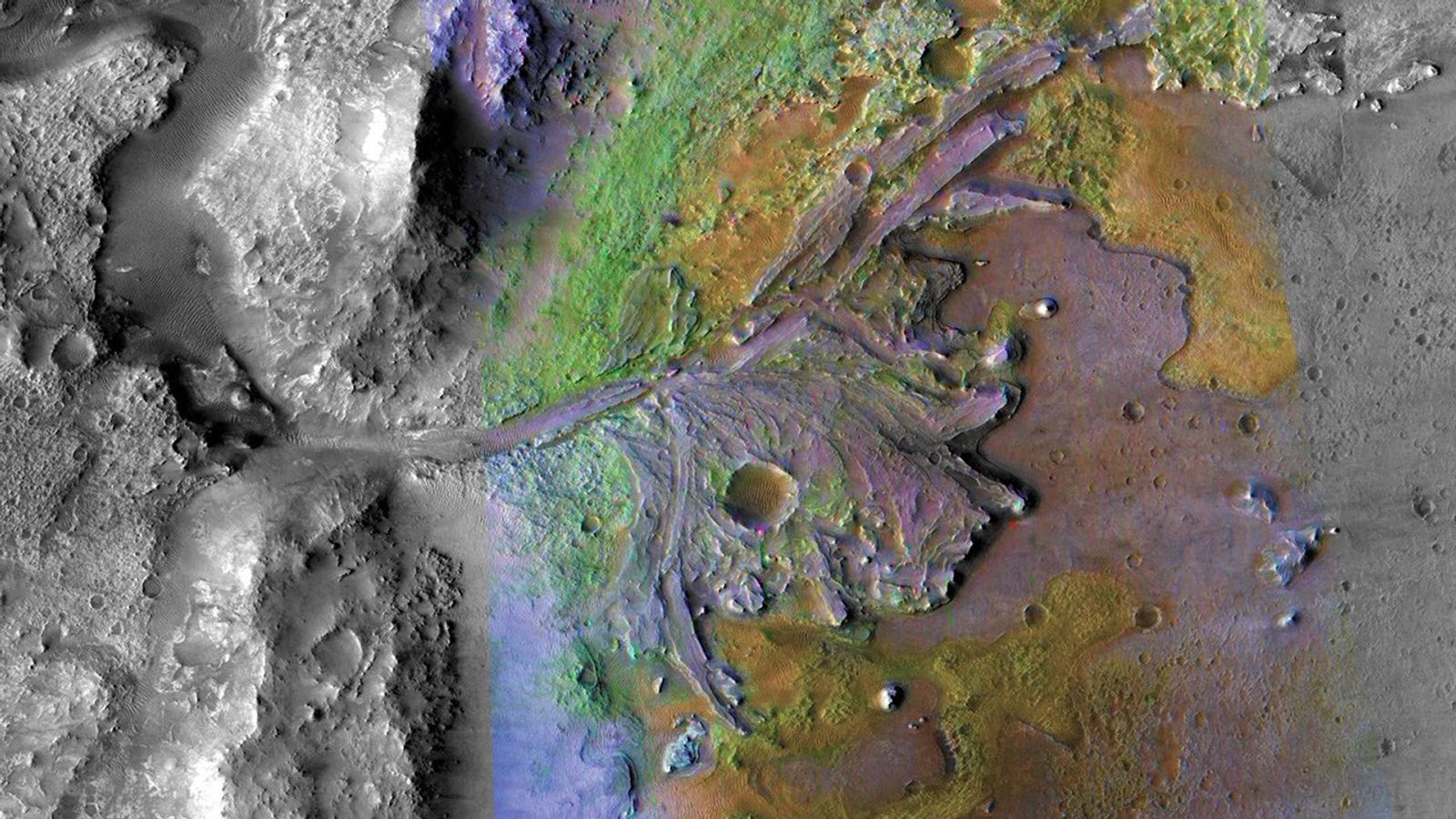Our successful, ~30 m drive over this irregular terrain yesterday placed us back in the so-called “Torridon” quadrangle.
Our successful, ~30 m drive over this irregular terrain yesterday placed us back in the so-called “Torridon” quadrangle, so we get to practice our Gaelic again, having mastered our French while driving through the “Nontron” quadrangle (see yesterday’s blog for details of quadrangles). The terrain is a mixture of large blocks and more expansive exposures of bedrock and sand, with the occasional out of place cobble of distinct blue/grey-coloured rock. This is all set to the backdrop of the basal sulfate-bearing buttes and the Greenheugh pediment in the distance; a beautiful view out the front window.
The bedrock exhibits a range of interesting textures and colour variations that we are attempting to characterize with Curiosity’s instrument payload. They include ubiquitous resistant nodular features ranging from mm to cm scale, apparent laminations and layering, white veins, and darker grey vein/fracture coatings, many of which weather out as fins or plates.
As the APXS Payload Uplink and Download Lead, I firstly got to make sure that yesterday’s activities executed as planned before turning my attention to thinking about today’s plan. Yesterday we brushed and analyzed a relatively featureless bedrock area with APXS and MAHLI (“Blis et Born”), so today we decided to look at the fin-like material with APXS and MAHLI instead; the target “Rodel.” We will be able to compare the chemistry and texture of these two targets.
Because ChemCam targeted one of the out of place, blue-grey cobbles with LIBS yesterday we opted to analyze a relatively featureless, in place bedrock (“Arthur Holmes”) with LIBS today. A bright (possible vein) feature exposed on the side of a block (“Firth of Clyde”), ~16 m from the rover, was chosen for a ChemCam passive observation. Both targets will also be imaged with Mastcam. We will also image an interesting block with variable colours and textures (“South Dell”) with Mastcam.
Before and after the planned drive, a number of Navcam and Mastcam environmental observations are planned, as well as standard REMS, RAD and DAN activities. MARDI will image the terrain beneath Curiosity’s wheels after the drive.
After 9 years of roving on Mars, Curiosity is still managing to pack in the science observations and make important contributions to our understanding of Mars’ past and present. It has been a privilege to be along for the ride and to contribute to this amazing mission for the past 9 years as a member of the APXS team. Onward and upward!
Written by Lucy Thompson, Planetary Geologist at University of New Brunswick

